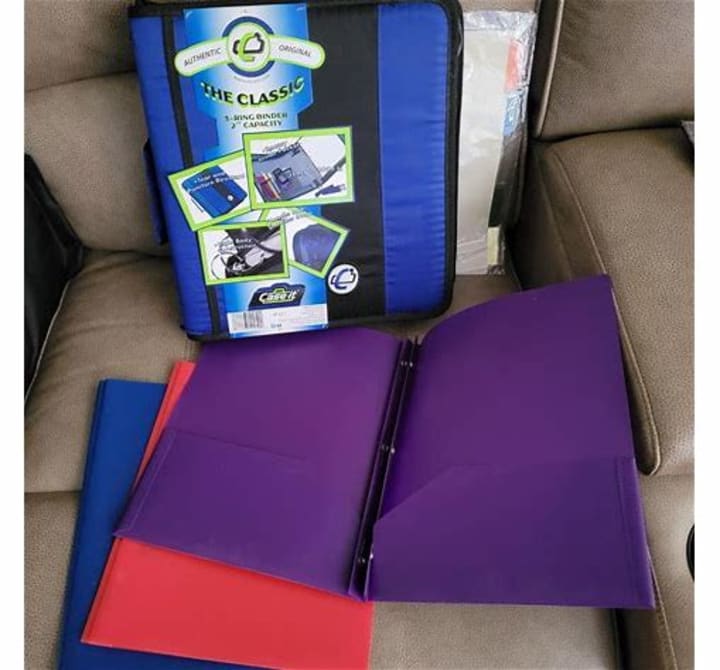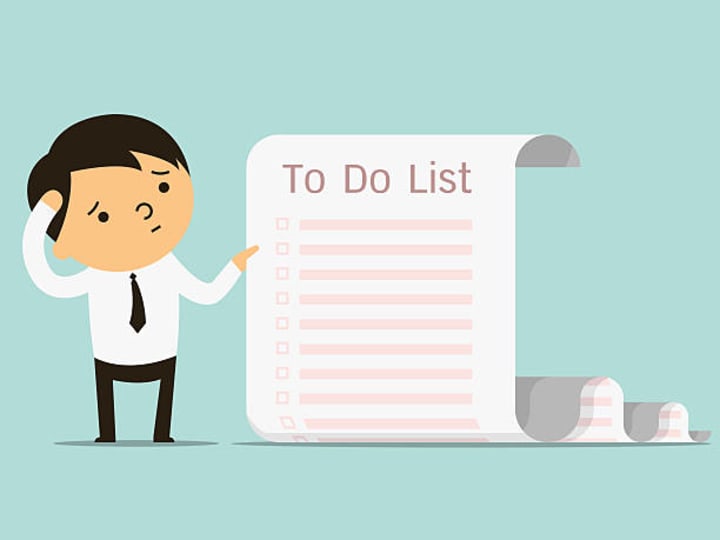Paperwork From The Farm
Creating A Homestead Journal

The experienced Homesteader makes the lifestyle look so easy. Despite how simple they make it look, it’s not. Homesteading is a 24/7 job with no holidays, breaks, or days off. It’s back-breaking work, leaving you exposed to many elements like heat, rain, and snow. There’s a lot going on in a homestead. There are crops that need tending, livestock that needs to be fed, and wool that needs to be spun. Basically, there’s never a dull moment. To keep everything running smoothly, store your information in a special planner called a Homestead Journal. This will help you to stay on top of the day-to-day operations at your homestead.
The Base

The base of every good planner is the book you plan to store your papers in. The best choice will be a binder with divider tabs, or an accordion file. This will allow you to move things around and eliminate those things you don’t need. Another option is a pre-made version that you can buy online for $10-$70. Some sites sell just the paper inserts for a couple of dollars. Apps, such as Seed To Spoon, can be downloaded if you prefer a paperless option. Another digital option would be buying a flash drive and setting up folders on them to act as tabs in a traditional binder.
Animals

Animals on a homestead depend on you to make sure their basic needs are met. Have a section blocked off for animal-related information. Note how much milk which cow is producing. Write down how many eggs each chicken is laying. How much wool did you shear off each sheep? If breeding, keep track of who and when they got inseminated so you don’t over-breed your livestock. If any got sick, jot down what made them sick and any medication they were given. Draft a routine for each animal type to make sure things are running smoothly in your absence.
Farming

Though a little hardier than animals, crops still need to be taken care of. You will need to map out where each crop is planted if growing more than one. This way, you don’t forget to harvest them. Draft a watering schedule, so no plant goes thirsty. Make a list of what you have in your seed box for easier organization. Keep track of which fields need fertilizer, compost, and any other needs. If using a pesticide, note the brand and which crop you used it on. Make sure you monitor your crop yield, so you know what to plant next growing season.
Pantry

The “Pantry Section” is used to keep track of the food and water you have and how much of it is. My approach to handling this part is to make a three-month menu, then break it down by ingredient. Once you know how much of what you need to keep on hand, you can use this information to start building your pantry. To organize it better, break it down into sections like food type, meal type, etc... write down the earliest expiration date next to the food item to make sure it is rotated properly for health and safety reasons. For more advice on building a food storage, visit https://vocal.media/lifehack/how-to-keep-the-yummies-for-the-tummy.
Expenses

Everything costs a lot of money these days. Keeping track of your expenses will allow you to know where the money is flowing towards. It can also show you where there are any leaks that you may not have noticed before. Photocopy receipts of big purchases just in case you lose the original. If you need to make payments on anything, write down how much on which day so you don’t overspend. Setting up a monthly budget will let you know how much you can spend in each category, such as food, fun, travel, etc...
Projects

As I mentioned earlier, there is always something to do around a homestead. Make a list of all the big projects you wish to complete around the property. This may take you a while to do because my method is a bit on the time-consuming side. Go into each room, drawer, cabinet, and building on your property, jotting down everything you see. Once you know what all your big projects are, break them down into smaller, more manageable tasks. By doing this, you will trick your brain into thinking you are accomplishing more, raising your dopamine levels into getting more stuff done during the day.
About the Creator
M.L. Lewis
Welcome to my little slice of pie. This blog will primarily focus on prepping and homesteading skills with a sprinkle of fiction every now and then.






Comments
There are no comments for this story
Be the first to respond and start the conversation.